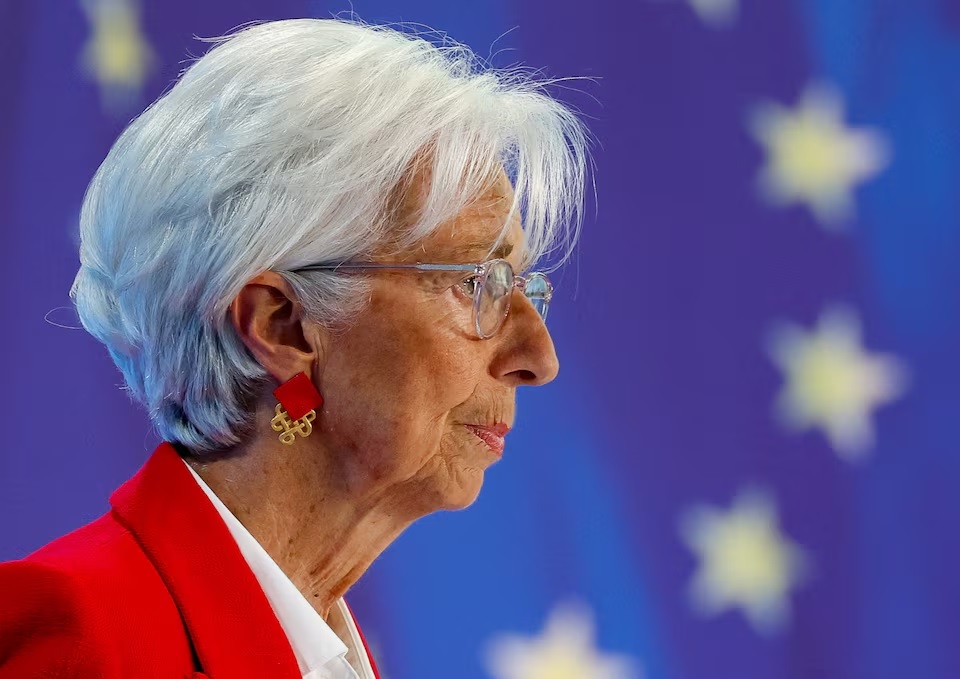The European Central Bank (ECB) kept interest rates steady on July 24, 2025, pausing its aggressive rate-cutting cycle after seven consecutive reductions. The central bank’s decision was shaped by elevated uncertainty surrounding imminent U.S. tariff threats and ongoing transatlantic trade talks.
A Year of Rapid Policy Easing
Over the past year, the ECB slashed its main policy rate from 4% to 2%, responding to a sharp inflation surge triggered by supply chain disruptions after the COVID-19 pandemic and Russia’s invasion of Ukraine.
Inflation has now settled at the ECB’s 2% target, with projections suggesting it will remain around this level in the near term.
The latest meeting marks a “wait-and-see” phase, as policymakers refrain from further easing while assessing external risks, particularly those tied to global trade.
Uncertainty Over U.S. Tariffs
President Trump has threatened a 30% duty on European goods exported to the U.S., which would exceed the ECB’s previously modeled worst-case scenarios (where the highest considered was 20%).
However, diplomatic sources indicate progress toward a compromise: a potential broad 15% tariff, aligning more closely with the ECB’s baseline expectations and recent U.S. deals with Japan and Indonesia (15% and 20% respectively; the UK secured a 10% rate).
This possible resolution keeps policy on hold for now, but the ECB remains alert to both upside and downside surprises, depending on the outcome of negotiations.
The ECB’s own projections show inflation is likely to dip below 2% for the next 18 months, with possible undershooting toward 1.5% by late 2025 and early 2026.
Euro area growth remains weak, and corporate profits are being squeezed by existing and anticipated tariffs, though banks continue to report rising loan demand and financial stability.
There are concerns that persistent low inflation could anchor expectations lower, prompting the ECB to consider further cuts if the environment deteriorates.
Outlook
Economists and market participants widely expect the ECB to maintain its wait-and-see stance until greater clarity emerges on U.S.-EU trade relations, particularly with another tariff escalation possible after the August 1 deadline.
Most forecasters anticipate at least one more 0.25-point rate cut by the end of 2025 if tariffs escalate, or if inflation falls below desired thresholds.
The ECB reaffirmed its readiness to adjust all tools as necessary to fulfill its price stability mandate and maintain smooth policy transmission across the eurozone.
In summary, the ECB’s caution reflects not only the volatility of global trade but also the delicate balance required to keep inflation anchored, support economic recovery, and respond nimbly to evolving external shocks. The coming months—and the resolution of U.S.-EU trade talks—will be crucial in determining whether further policy easing is warranted.


